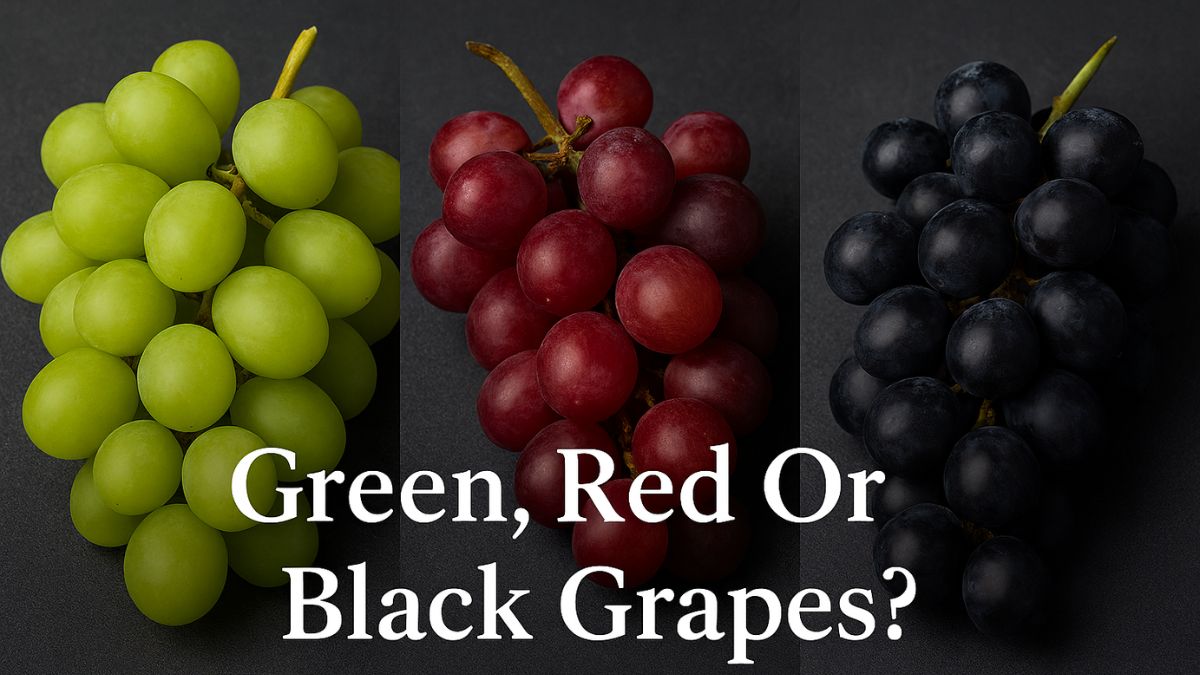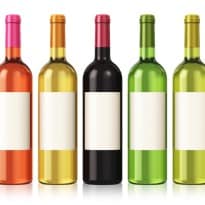An additive may help curb a chemical reaction that causes wine to look, smell and taste funky, according to food scientists.Oxygen usually enters wine through the cork and interacts with metals, particularly iron, setting off a chain reaction that changes compounds that add particular and often disagreeable tastes and smells to the drink, researchers said."Oxidation has several bad effects on wine, such as discolouration and a loss of aroma. It can cause browning, as well as the loss of fruity characteristics, something that is much more noticeable in white wines," said Gal Kreitman, a doctoral candidate in food science, Penn State.
The researchers added chelation compounds that bind with metals to inhibit oxidation, or oxygen's ability to react with some of the trace metals that are found in the wine.Because two types of oxidations states - iron 2 and iron 3 - are present in wine, the researchers looked at iron 2 and iron 3 chelators, including bipyridine, Ferrozine, ethylenediaminetertraacetic acid - EDTA - and phytic acid.Both types of chelators significantly inhibited the oxidation in the wine, said Kreitman, who worked with Ryan J Elias, assistant professor of food science, Penn State; Annegret Cantu, director of research and development at VinPerfect; and Andrew Waterhouse, professor of enology, the University of California Davis."The ligands of bipyridine, Ferrozine, EDTA and phytic acid bind to the metals, which can inhibit their reaction," said Kreitman. A ligand is a molecule that is able to bind to the central atom of a metal.The researchers analysed the concentrations of iron and copper in white wine and also measured the amount of oxidation that occurred after the chelators were added to the wine samples. The wine was made from pinot gris, a variety of grape that is often used in white wines.Winemakers have previously attempted to control oxidation in the wine by stripping out the metals, which are acquired through the soil and from the grape. However, Kreitman said those processes are impractical and expensive."Unfortunately, the process to remove the metals can strip colour and flavour compounds from the wine and processes like ion exchange can end up making the wine taste more salty," Kreitman said.Kreitman said that further research would be needed to find chelators that are food safe. While there are chelators that are safe for consumption, many have yet to be approved for food-making and winemaking processes.Phytic acid is one chelator that might be both effective in neutralising oxidation, as well as safe for consumption, according to Kreitman.The study was published in the Journal of Agricultural and Food Chemistry.
The researchers added chelation compounds that bind with metals to inhibit oxidation, or oxygen's ability to react with some of the trace metals that are found in the wine.Because two types of oxidations states - iron 2 and iron 3 - are present in wine, the researchers looked at iron 2 and iron 3 chelators, including bipyridine, Ferrozine, ethylenediaminetertraacetic acid - EDTA - and phytic acid.Both types of chelators significantly inhibited the oxidation in the wine, said Kreitman, who worked with Ryan J Elias, assistant professor of food science, Penn State; Annegret Cantu, director of research and development at VinPerfect; and Andrew Waterhouse, professor of enology, the University of California Davis."The ligands of bipyridine, Ferrozine, EDTA and phytic acid bind to the metals, which can inhibit their reaction," said Kreitman. A ligand is a molecule that is able to bind to the central atom of a metal.The researchers analysed the concentrations of iron and copper in white wine and also measured the amount of oxidation that occurred after the chelators were added to the wine samples. The wine was made from pinot gris, a variety of grape that is often used in white wines.Winemakers have previously attempted to control oxidation in the wine by stripping out the metals, which are acquired through the soil and from the grape. However, Kreitman said those processes are impractical and expensive."Unfortunately, the process to remove the metals can strip colour and flavour compounds from the wine and processes like ion exchange can end up making the wine taste more salty," Kreitman said.Kreitman said that further research would be needed to find chelators that are food safe. While there are chelators that are safe for consumption, many have yet to be approved for food-making and winemaking processes.Phytic acid is one chelator that might be both effective in neutralising oxidation, as well as safe for consumption, according to Kreitman.The study was published in the Journal of Agricultural and Food Chemistry.
Advertisement









